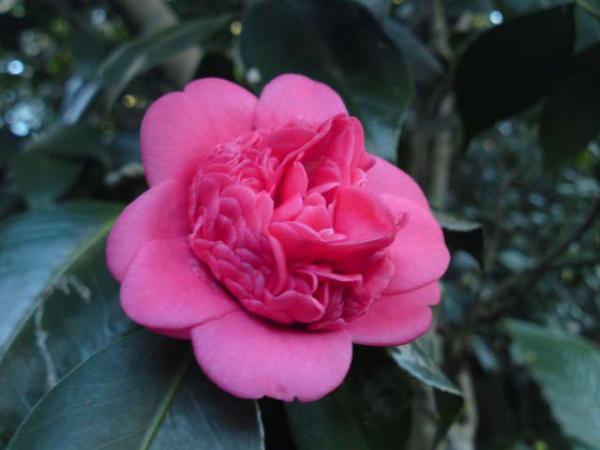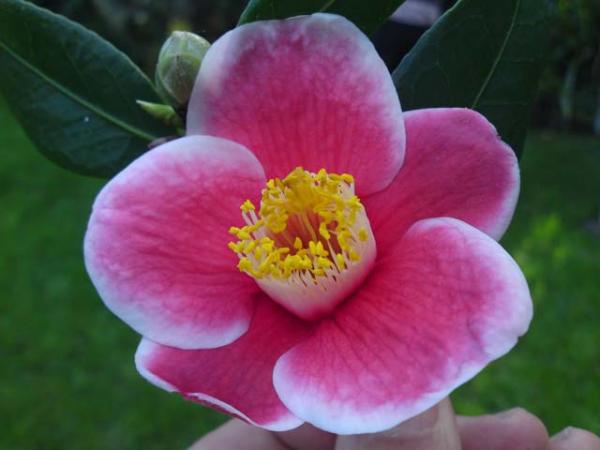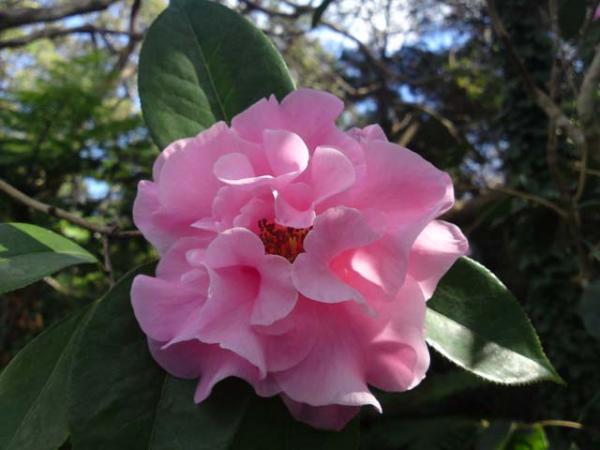Array
(
[0] => Array
(
[id] => 200
[is_published] => 1
[websiteID] => 5
[url] => /gardening/native-annuals-and-perennials.php
[page_status] => Published
[number_of_ads] => 5
[can_use_editor] => 1
[last_modified_date] => 2013-09-16 00:00:00
[last_modified_by] => Alan
[checked_for_duplicate_content] =>
[title] => Native Annuals and Perennials
[heading] => Native Annuals and Perennials
[meta_description] => Australian annual and perennial plants can be used to create excitement in your garden as they are quick growing, usually very floriferous and because they are relatively temporary they can be replaced on a regular basis to add something new each year.
[article_category_1] => Gardening
[article_category_2] =>
[article_category_3] =>
[article_category_4] =>
[article_category_5] =>
[business_category_1] => Landscaper
[business_category_2] => Nursery
[business_category_3] => Garden Designer
[business_category_4] => Landscape Architect
[business_category_5] =>
[number_of_google_mrecs] =>
[show_google_ad_bottom_of_page] =>
[show_get_quotes_top_of_page] =>
[show_get_quotes_rhs_of_page] =>
[show_directory_search_widget] =>
[show_trending_content_widget] =>
[show_facebook_widget] =>
[show_further_reading_section] => 1
[show_sponsors_section] => 0
[show_top_article_ad] => 1
)
[1] => Array
(
[id] => 287
[is_published] => 1
[websiteID] => 5
[url] => /gardening/winter-flowering-plants-for-the-garden.php
[page_status] => Published
[number_of_ads] => 5
[can_use_editor] => 1
[last_modified_date] => 2013-09-16 00:00:00
[last_modified_by] => Alan
[checked_for_duplicate_content] =>
[title] => Winter Flowering Plants for the Garden
[heading] => Winter Flowering Plants for the Garden
[meta_description] => No Australian garden need be free of flowers in winter. Read this article to learn about some great winter flowering plants.
[article_category_1] => Gardening
[article_category_2] =>
[article_category_3] =>
[article_category_4] =>
[article_category_5] =>
[business_category_1] => Landscaper
[business_category_2] => Nursery
[business_category_3] => Garden Designer
[business_category_4] => Landscape Architect
[business_category_5] =>
[number_of_google_mrecs] =>
[show_google_ad_bottom_of_page] =>
[show_get_quotes_top_of_page] =>
[show_get_quotes_rhs_of_page] =>
[show_directory_search_widget] =>
[show_trending_content_widget] =>
[show_facebook_widget] =>
[show_further_reading_section] => 1
[show_sponsors_section] => 0
[show_top_article_ad] => 1
)
[2] => Array
(
[id] => 521
[is_published] => 1
[websiteID] => 5
[url] => /gardening/attracting-fauna-to-your-garden.php
[page_status] => Published
[number_of_ads] => 3
[can_use_editor] => 1
[last_modified_date] => 2013-09-16 00:00:00
[last_modified_by] => Alan
[checked_for_duplicate_content] =>
[title] => Attracting fauna to your garden
[heading] => Attracting fauna to your garden
[meta_description] => This article explains how you can attract native australian wildlife to your garden.
[article_category_1] => Gardening
[article_category_2] =>
[article_category_3] =>
[article_category_4] =>
[article_category_5] =>
[business_category_1] => Landscaper
[business_category_2] => Garden Maintenance
[business_category_3] => Garden Supplies
[business_category_4] => Garden Designer
[business_category_5] => Garden Tools
[number_of_google_mrecs] =>
[show_google_ad_bottom_of_page] =>
[show_get_quotes_top_of_page] =>
[show_get_quotes_rhs_of_page] =>
[show_directory_search_widget] =>
[show_trending_content_widget] =>
[show_facebook_widget] =>
[show_further_reading_section] => 1
[show_sponsors_section] => 0
[show_top_article_ad] => 1
)
[3] => Array
(
[id] => 454
[is_published] => 1
[websiteID] => 5
[url] => /gardening/growing-banksias.php
[page_status] => Published
[number_of_ads] => 10
[can_use_editor] => 1
[last_modified_date] => 2013-09-16 00:00:00
[last_modified_by] => Alan
[checked_for_duplicate_content] =>
[title] => Growing Banksias
[heading] => Growing Banksias
[meta_description] => Learn how to grow Banksia in your garden.
[article_category_1] => Gardening
[article_category_2] =>
[article_category_3] =>
[article_category_4] =>
[article_category_5] =>
[business_category_1] => Landscaper
[business_category_2] => Nursery
[business_category_3] => Garden Designer
[business_category_4] => Landscape Architect
[business_category_5] =>
[number_of_google_mrecs] =>
[show_google_ad_bottom_of_page] =>
[show_get_quotes_top_of_page] =>
[show_get_quotes_rhs_of_page] =>
[show_directory_search_widget] =>
[show_trending_content_widget] =>
[show_facebook_widget] =>
[show_further_reading_section] => 1
[show_sponsors_section] => 0
[show_top_article_ad] => 1
)
)
Helpful articles
Native Annuals and Perennials. Australian annual and perennial plants can be used to create excitement in your garden as they are quick growing, usually very floriferous and because they are relatively temporary they can be replaced on a regular basis to add something new each year.
Winter Flowering Plants for the Garden. No Australian garden need be free of flowers in winter. Read this article to learn about some great winter flowering plants.
Attracting fauna to your garden. This article explains how you can attract native australian wildlife to your garden.
Growing Banksias. Learn how to grow Banksia in your garden.
Plant description
Camellias are superb garden plants, great for foliage and for flowers, and hardy and disease resistant once established. Very versatile, they can be left to grow naturally, pruned, espaliered, or can be grown in pots. New varieties have been developed for hedging. Camellia sinensis is the tea plant.
Glossy green simple leaves. Mostly large conspicuous flowers, though some varieties have dainty small flowers in profusion. Can be small shrubs to large upright trees. Generally trouble free, they need little spraying. They need regular watering while small, but once established they are fairly drought tolerant.
Camellias are native to the coast and mountain regions of Asia, and had been cultivated for centuries in China and Japan before Europeans discovered their beauty and usefulness.
For instructions on hedging see Angus Stewart's article about pruning.
Further reading: Hedges and
Pruning a hedge in 7 steps (articles written by horticulturalist Angus Stewart).
Additional plant information
Flowers
Flower colour: numerous
Flowering season: spring autumn winter
Scent
Some varieties are lightly fragranced
Plant size
Maximum height: 8 metres
Minimum height: 0.3 metres
Maximum width: 4 metres
Minimum width: 1 metres
Sunlight, frost & salt tolerance
This plant will tolerate full or partial sunlight.
Medium frost tolerance.
Plant is not salt tolerant.
Fauna attracting?
Yes. Attracts: birds, bees, insects.
Climate
This plant species will grow in the following climates: cool, temperate, subtropical, tropical.
Soil types & conditions
Loam: wet, moist, well-drained.
Clay: moist, well-drained.
Sand: wet.
Soil pH: 5-6.5
Diseases
Petal blight
Pests
Leaf miner,scale,red spider mite
Miscellaneous information
Planting season: Any.
Types of fertiliser: general purpose.
Find a nursery
Search for another plant



